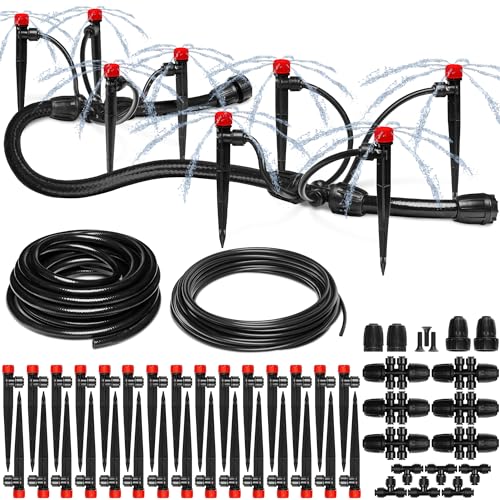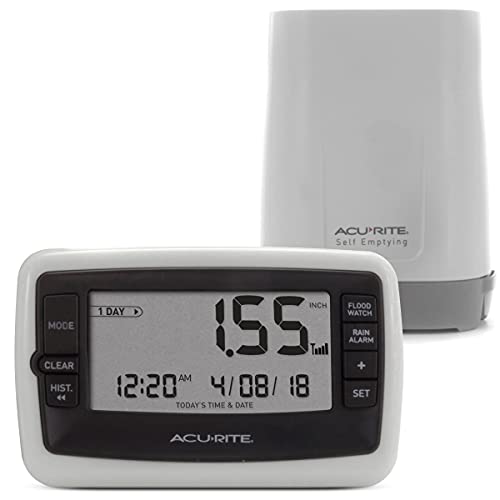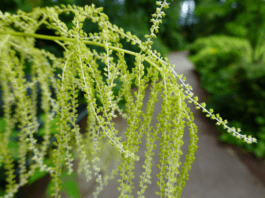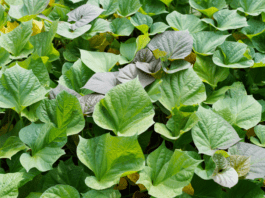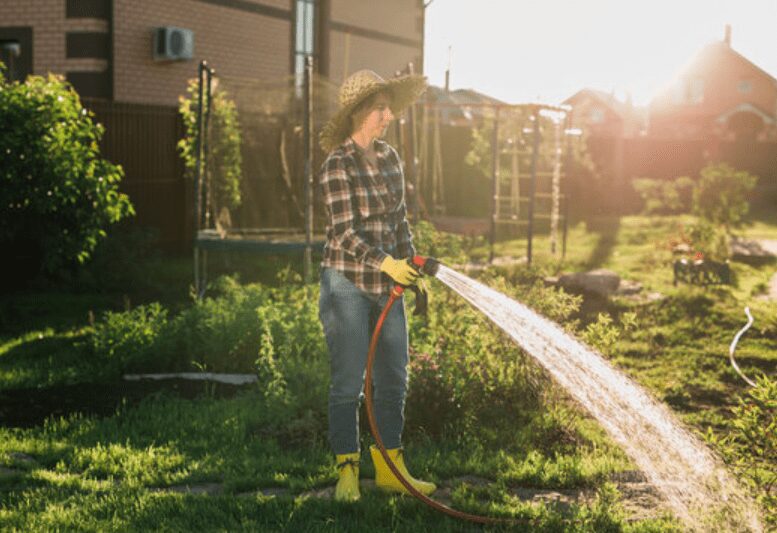
Discover the essential watering tools for your garden to ensure your plants thrive. Learn about the best hoses, sprinklers, watering cans, and more for efficient garden care.
A well-tended garden can be a source of immense pride and joy, providing beautiful blooms, fresh fruits, flowers, and vegetables to nourish your body and soul each season. Giving the right amount of water is crucial to ensure your garden thrives.
The Importance of Proper Watering
Water is essential for the healthy growth and development of your plants. Proper watering encourages strong root systems, prevents diseases, and conserves water resources. Some key benefits of proper watering include:
- Promoting optimal growth and yield
- Maintaining plant health and vigor
- Reducing water waste and environmental impact
- Preventing soil erosion and nutrient loss
Choosing the Right Watering Tools
Selecting the right watering tools is crucial for achieving the best results in your garden. Consider the following factors when choosing your best watering tools for:
- Garden size and layout: Larger gardens may require tools with greater water capacity and reach, while smaller gardens may benefit from more precise watering tools.
- Type of plants: Different plants have unique water requirements, so choose tools that can deliver the appropriate amount of water.
- Ergonomics: Opt for tools that are comfortable to hold and easy to use, as this will ensure efficient and enjoyable gardening sessions.
Top 7 Watering Tools for Your Garden Every Gardener Needs
1. Watering Can

A classic watering can is an essential tool for any gardener. Look for watering cans with a sturdy, well-balanced design, a comfortable handle, and a long spout for precise watering. Features to consider include:
- Material: Choose from plastic, metal, or galvanized steel, each with its pros and cons.
- Capacity: Ranges from 1 to 3 gallons, depending on your needs.
- Detachable rose: Allows for gentle, even watering of delicate plants.
2. Garden Hose

A durable, kink-resistant garden watering hose is indispensable for watering larger gardens or hard-to-reach areas. Key factors to consider include the following:
- Length: Select a long hose to reach all areas of your garden.
- Material: Opt for hoses made from reinforced rubber or vinyl for durability and flexibility.
- Hose nozzle: Choose an adjustable nozzle for greater control over water pressure and spray patterns.
3. Soaker Hose
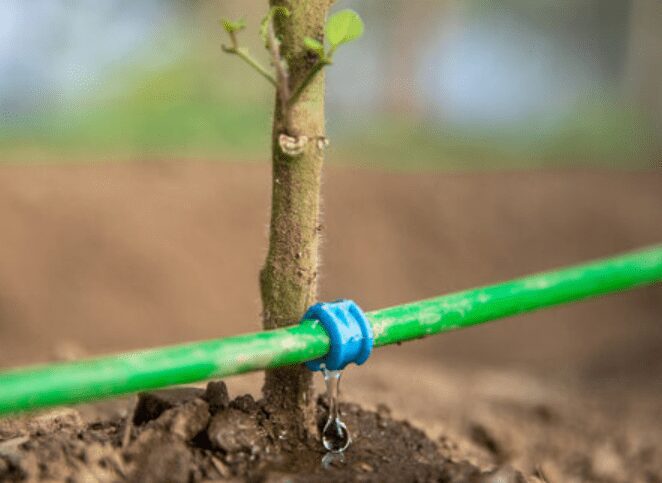
A soaker hose delivers water directly to the root zone of your plants and trees, reducing water waste and promoting healthy roots and growth.
Key features to look for include:
- Porous material: Allows water to seep out slowly and consistently.
- Flexibility: Ensure the hose can be easily shaped to fit your garden layout.
- Pressure regulator: Maintains optimal water pressure for even distribution.
4. Drip Irrigation System
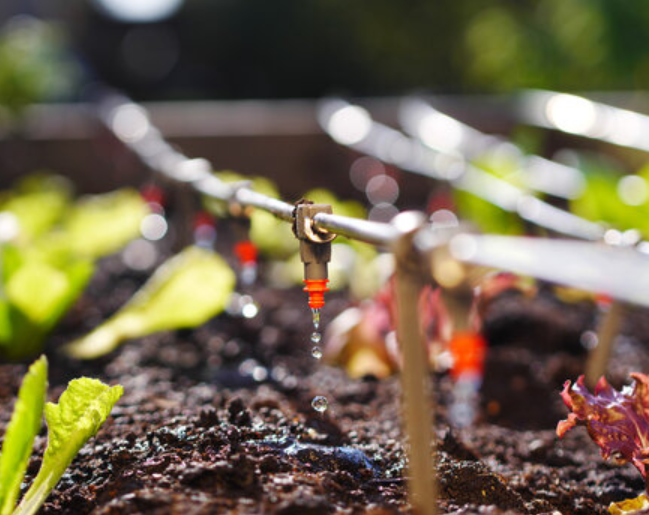
A drip irrigation system is an efficient and customizable solution for watering your garden. It allows you to have irrigation systems deliver water directly to the base of your plants, reducing evaporation and conserving water. Essential components of a drip irrigation system include:
- Drip tubing: Provides the main water supply and can be customized to fit your garden layout.
- Emitters: Deliver precise amounts of water to individual plants or groups of plants.
- Pressure regulators and filters: Ensure optimal water pressure and clean water supply for your system.
- Timers: Allow for automated watering schedules, saving time and ensuring consistent watering.
5. Sprinkler System
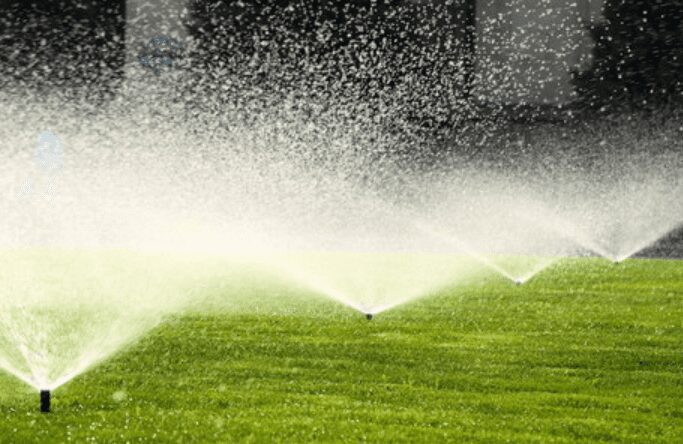
A sprinkler system is ideal for large gardens, lawns, or gardeners’ beds, or areas with multiple plant types. Sprinklers can cover a wide area and deliver water in a variety of patterns.
Key features to consider include:
- Type: Choose from stationary, oscillating, rotating, or impulse sprinklers, depending on your garden’s needs.
- Coverage area: Ensure the sprinkler can reach the desired area and is adjustable for precise watering.
- Material: Opt for durable materials, such as brass or heavy-duty plastic, for long-lasting performance.
6. Watering stakes
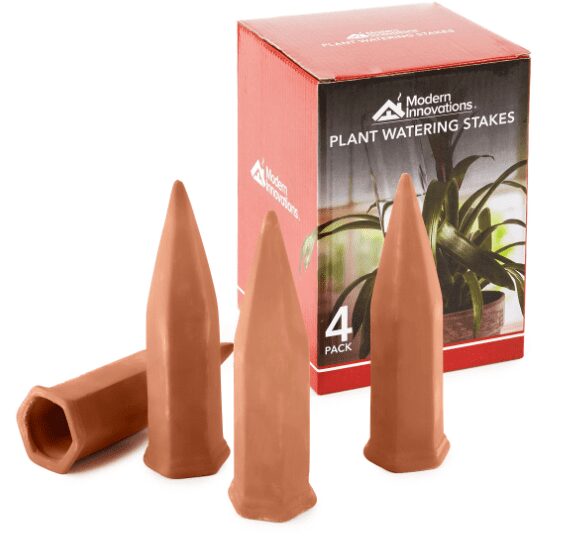
The primary benefits of using watering stakes include the following:
- Conserving water: By delivering water directly to the root zone, watering stakes minimize water waste from evaporation and runoff.
- Encouraging deep root growth: Providing water at the roots encourages plants to develop more profound, more robust root systems, leading to healthier and more resilient plants.
- Reducing the risk of disease: Since the water is delivered below the surface, the foliage stays dry, reducing the risk of infections caused by damp leaves.
- Customizable watering: Many watering stakes are compatible with various water sources, such as garden hoses, drip irrigation systems, or even repurposed water bottles.
To use watering stakes effectively, follow these steps:
- Select the appropriate size and material: Choose stakes based on the size of your plants and the material’s durability and water release rate.
- Install the stakes: Insert the stakes into the ground near the plant’s base, angled slightly toward the roots.
- Connect the water source: Attach the stakes to a garden hose, drip irrigation system, or fill with water from a repurposed bottle.
- Monitor your plants’ needs: Observe your plants closely to ensure they receive the appropriate amount of water, adjusting your watering schedule as necessary.
In conclusion, watering stakes can be a valuable addition to your garden watering toolkit, providing targeted hydration for your plants while conserving water and promoting healthy growth.
7. High-Tech Rain Gauge
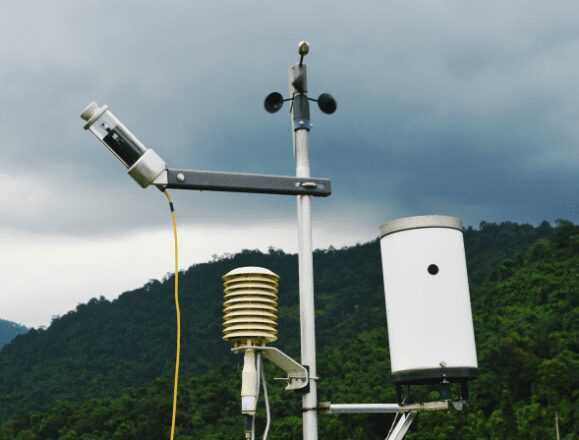
Key features of a high-tech rain gauge include:
- Wireless connectivity: Many high-tech rain gauges connect to your home Wi-Fi network, allowing you to access rainfall data remotely from a smartphone, tablet, or computer.
- Smartphone integration: Some rain gauges offer dedicated mobile apps, enabling you to receive real-time notifications, view historical data, and set customized alerts for specific rainfall thresholds.
- Data logging and analysis: Advanced rain gauges can store and analyze rainfall data over time, providing insights into trends, patterns, and seasonal variations.
- Weather-resistant design: High-quality rain gauges are built to withstand various weather conditions, ensuring accurate measurements and long-lasting performance.
To make the most of your high-tech rain gauge, follow these tips:
- Proper installation: Choose a location that is clear of obstructions, such as trees or buildings, which could potentially interfere with collecting rainfall data. Ensure the rain gauge is securely mounted and leveled.
- Regular maintenance: Keep the rain gauge clean and debris-free to maintain accurate measurements. Check for any damage or wear and replace parts as needed.
- Use the data to inform your watering: Analyze the collected data to determine your garden’s watering needs. Adjust your watering schedule based on rainfall levels and plant requirements to conserve water and promote healthy growth.
In conclusion, a high-tech rain gauge is an invaluable tool for gardeners seeking to monitor and manage their garden’s watering needs precisely and conveniently.
Investing in a high-quality, advanced rain gauge can take the guesswork out of watering, optimize your garden care, and ensure your plants receive the ideal amount of moisture.
Expert Tips for Efficient Watering
To make the most of your watering tools and equipment and ensure your garden thrives, follow these expert tips:
- Water early in the morning or late in the evening to minimize evaporation.
- Water deeply and less frequently to encourage strong root growth.
- Use mulch to retain moisture and reduce the need for frequent watering.
- Monitor your plants’ needs and adjust your watering schedule accordingly.
- Regularly check your watering tools for leaks or damage to conserve water and maintain efficiency.
As a master gardener, ensuring your plants receive the proper water they need is a job that requires dedication and knowledge throughout the season.
With the right watering tools at hand, you can turn this challenging task into a simple and hassle-free endeavor.
In today’s market, plenty of products are available to support your watering needs, and making the right choice depends on various factors, including your lawn’s size, plant types, and local climate.
Utilizing rainwater collected in barrels is an eco-friendly and cost-effective way to water your plants during hot days.
This method not only saves money but also benefits the environment by reducing water waste. When buying watering tools, look for items that offer durability and ease of use.
Remember, the right tools can significantly impact your garden’s health and save you time and effort in the long run.
As you shop for the best watering tools, keep in mind that product quality matters. Investing in top-tier tools, such as nozzles designed to withstand the elements and hoses that resist kinking, will ensure your garden thrives despite unpredictable weather.
A quick online search or a visit to your local garden center will help you find the right tools to suit your needs.
In conclusion, being well-equipped with the right watering tools can make the task of caring for your garden a breeze. By taking the time to research and invest in the best tools, you’ll set yourself up for success and enjoy a thriving garden all season long.
Conclusion
Choosing the right watering tools and using them effectively can make a world of difference in the health and beauty of your garden.
Investing in high-quality irrigation tools and following best practices for efficient watering ensures that your plants receive the full light and proper care they need to grow and flourish.
The right watering tools for your garden can make all the difference in maintaining the health and beauty of your outdoor plants throughout the season.
Investing in essential garden watering tools such as irrigation systems, garden hoses, watering cans, and hose nozzles allows you to efficiently deliver water to your garden beds, potted plants, raised beds, and thirsty plants.
Water-saving equipment like rain barrels, rain gauges, and irrigation systems designed for trees, flowers, shrubs, and yard plants can help reduce your water bill while ensuring your plants receive the moisture they need.
With the right equipment, you can control evaporation, runoff, and water pressure to give your garden the perfect amount of hydration.
Watering stakes and soaker hoses deliver water directly to plant roots. At the same time, sprinklers and nozzles can provide an even water flow to larger areas like sod and garden beds.
Monitoring rainfall, soil moisture, and heat levels can also help you adjust your watering schedule and save water and effort.
Whether tending to your flowers, trees, or vegetable garden, utilizing the best watering tools and supplies will ensure a successful gardening season.
So equip yourself with quality tools and embrace nurturing your plants, providing them with the vital sustenance they need to grow and thrive all season.
Last update on 2024-04-12 / Affiliate links / Images from Amazon Product Advertising API



















